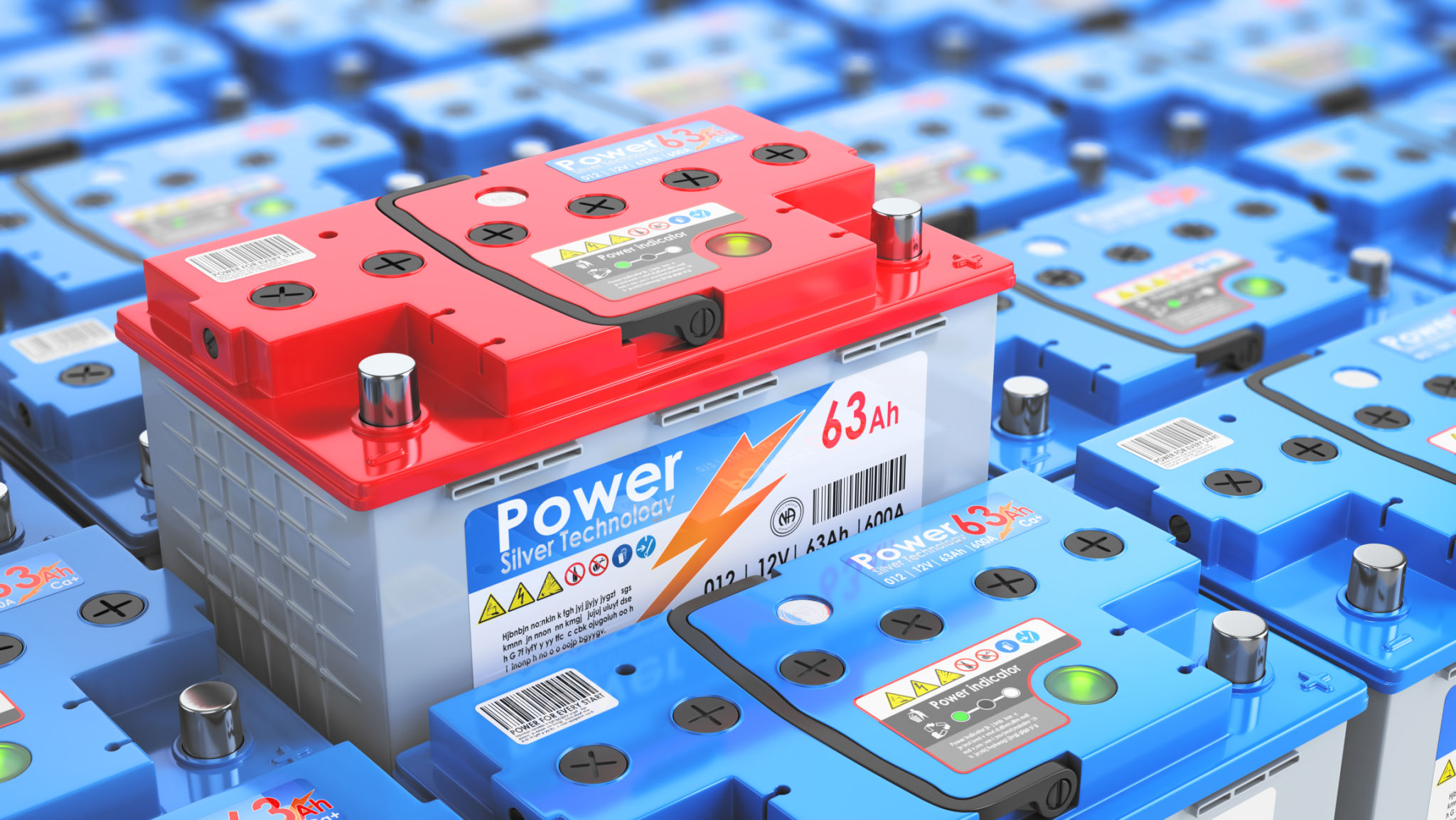The Ultimate Guide to Used Lead Acid Battery Recycling in the Philippines
Introduction to Lead Acid Battery Recycling
Lead acid batteries are a staple in various applications, from vehicles to backup power systems. However, their disposal poses environmental challenges. In the Philippines, proper recycling of used lead acid batteries (ULABs) is crucial to mitigate harmful environmental impacts and recover valuable materials.

Why Recycle Lead Acid Batteries?
Recycling lead acid batteries is essential for several reasons. First, it helps prevent the release of toxic substances, such as lead and sulfuric acid, into the environment. These substances can contaminate soil and water resources if not handled correctly. Additionally, recycling allows the recovery of valuable components, including lead, plastic, and acid, which can be reused in manufacturing new batteries and other products.
Environmental Benefits
Recycling ULABs significantly reduces the demand for raw materials, conserving natural resources. By reusing lead and other materials, the energy required for mining and refining new materials is also reduced, leading to lower greenhouse gas emissions.

Regulations and Guidelines in the Philippines
The Philippine government has implemented regulations to ensure the safe and efficient recycling of lead acid batteries. The Department of Environment and Natural Resources (DENR) oversees these regulations, ensuring that recycling facilities comply with environmental standards.
Compliance Requirements
Recycling facilities must obtain appropriate permits and adhere to strict guidelines concerning the storage, transport, and processing of ULABs. This includes maintaining safe working conditions and ensuring proper waste management practices are in place.

The Recycling Process Explained
The recycling process for lead acid batteries involves several steps. First, the batteries are collected from various sources, such as automotive shops or collection centers. They are then transported to recycling facilities where they undergo sorting and dismantling.
- Breaking: Batteries are broken apart in a hammer mill to separate the components.
- Separation: The lead components are separated from the plastic and electrolyte through various methods.
- Smelting: The lead is melted and purified for reuse.
- Plastic Recycling: The plastic cases are cleaned and processed for reuse in manufacturing.
Safety Measures
Throughout the recycling process, safety measures are critical to protect workers and the environment. Proper personal protective equipment (PPE) should be worn, and facilities must have protocols for handling spills or accidents.

Where to Recycle Used Lead Acid Batteries
In the Philippines, several authorized recycling centers accept ULABs. These facilities ensure that batteries are processed safely and efficiently. It's important to choose certified recyclers to ensure compliance with environmental standards.
- Quezon City: Green Planet Recycling
- Cebu City: EcoCycle Industries
- Davao City: Mindanao Recycling Solutions
Conclusion
The recycling of used lead acid batteries is not only a legal obligation but also an environmental responsibility. By understanding the importance of recycling and choosing certified facilities, individuals and businesses in the Philippines can contribute to a healthier environment and a more sustainable future.

